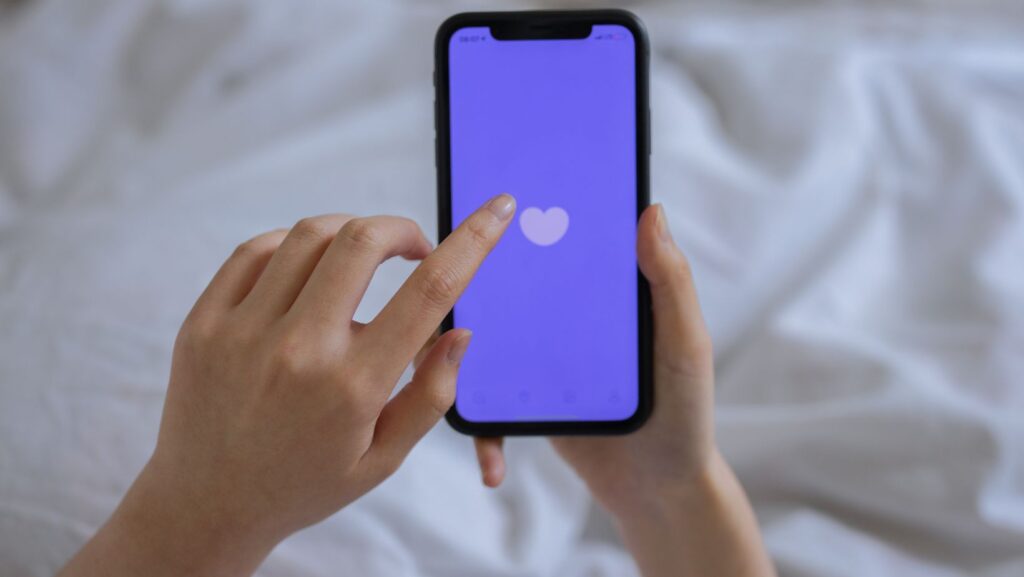Artificial intelligence is everywhere now. It recommends what to watch on Netflix, fills up social media feeds, and even finishes text messages! So obviously, AI would get into matchmaking, too. But when algorithms start making decisions about love, things get messy fast. The question isn’t whether AI should be in dating;, it’s already there. The real question is how to use it the right way.
How AI Matching Actually Works
The dating app Flirtini takes a different approach to AI matchmaking, one that puts users in control instead of letting algorithms run everything. Most dating platforms treat their matching systems like secret formulas, never explaining how or why certain profiles show up. This mystery-box approach might work for movie recommendations, but romance needs transparency. People deserve to know why they’re seeing certain matches, and they should be able to change those settings.
Responsible AI in dating sites starts with being honest. When Flirtini’s algorithm suggests a match because both people like hiking and indie music, users can actually see that reasoning. They’re not left guessing if some hidden system is pushing profiles based on how much time people spend on the app or who pays for premium features. This openness builds trust, which matters a lot when people are putting their love lives in technology’s hands.
The algorithm learns from what people do. But it doesn’t try to outsmart the humans using it.
When the Algorithm Learns About You
If someone keeps matching with profiles that mention travel but never actually messages those people, the system notices. Maybe travel isn’t as important as that person thought. Maybe they’re actually more into homebodies than adventurers. The AI adjusts, but it never takes away the user’s ability to ignore these suggestions. Human gut feelings still count. Sometimes a profile just feels right, even if the algorithm can’t figure out why.
Your Data, Your Control
AI needs information to work well. The more it knows about preferences, past conversations, and behavior patterns, the better it can predict good matches. But there’s a line between helpful customization and creepy spying. Responsible platforms need to find that line – and stay far away from crossing it.
Data collection in dating apps is extra sensitive because it’s so personal. Who someone’s attracted to. How they communicate. What turns them on or off. This isn’t about shopping habits or music taste. It’s private stuff. Flirtini’s approach is to collect only what’s actually needed for good matches and be clear about how that information gets used. No selling data to other companies. No using private messages to train AI models. No keeping information longer than necessary.
Breaking Out of the Pattern
If algorithms only show people matches similar to their past choices, users might never meet someone who could genuinely surprise them. The best relationships sometimes come from unexpected places. That person who’s totally different from your usual type but somehow just clicks.
Good AI systems add randomness on purpose. They occasionally suggest matches that don’t fit the usual pattern, just to keep things fresh. This isn’t the algorithm breaking;, it’s a feature designed to prevent romantic tunnel vision. Because while patterns help, love isn’t always logical. Sometimes the bartender who loves death metal is perfect for the librarian who only listens to classical. This is what Flirtini does.
Flirtini Is Letting People Make Their Own Choices
The most important rule of responsible AI in dating might be this: algorithms should help human choice, not replace it. No matter how smart the technology gets, the final call about who to message, who to meet, and who to trust should always be the user’s. AI can suggest. It can point out compatibility. It can filter out obviously bad matches. But it can’t decide who you’ll fall for.

This idea extends to how platforms handle different kinds of relationships. Modern dating includes all sorts of connections – age gaps in relationships, non-traditional setups, and people wanting different things at different life stages. AI systems need to work with this variety without being judgmental.
On Flirtini, There’s Room for Every Kind of Connection
For instance, when someone’s preferences include older women and younger men, the algorithm shouldn’t treat that as weird or something to fix. It should see this as just one of many normal relationship types and suggest appropriate matches. The technology needs to be flexible enough to understand that there’s no single way romance works.
Conclusion
As AI gets smarter, dating platforms have a choice. They can use this power to trick users into spending more time on their apps, or they can actually help people find meaningful relationships. The responsible route requires honesty, respect for privacy, and keeping humans in charge of their own love lives. Technology should be a tool for connection, not a substitute for human judgment.
